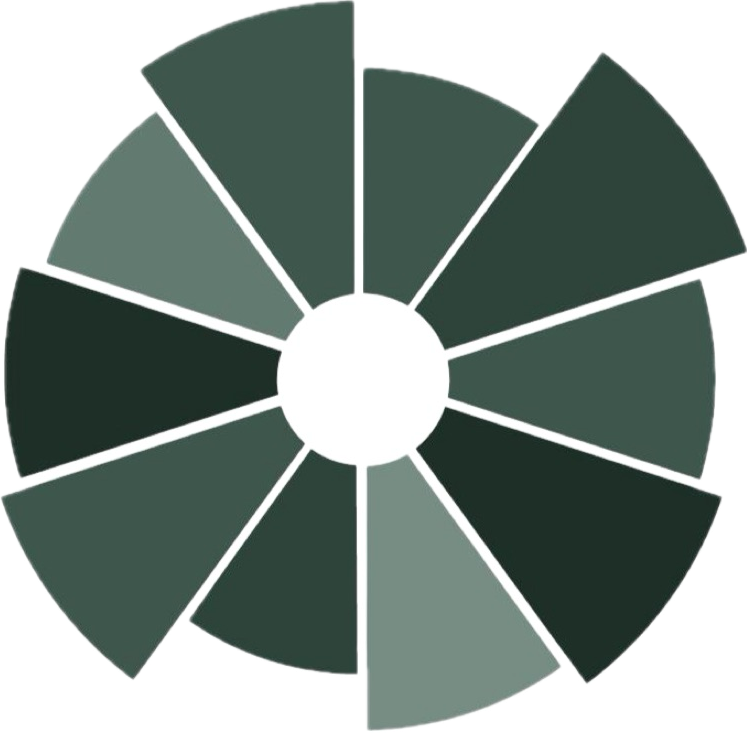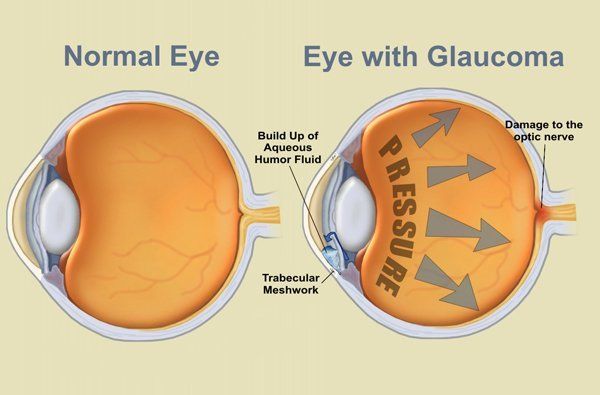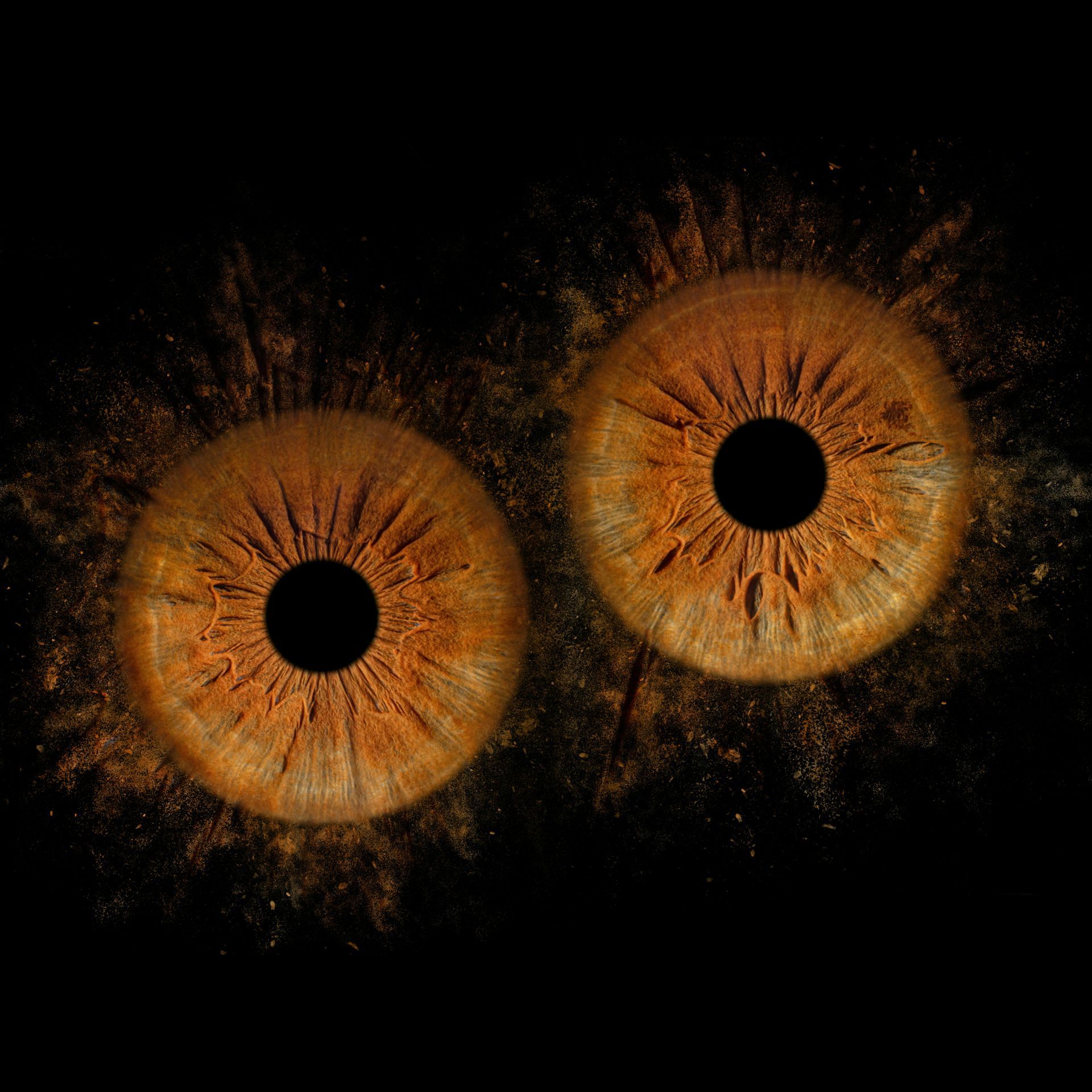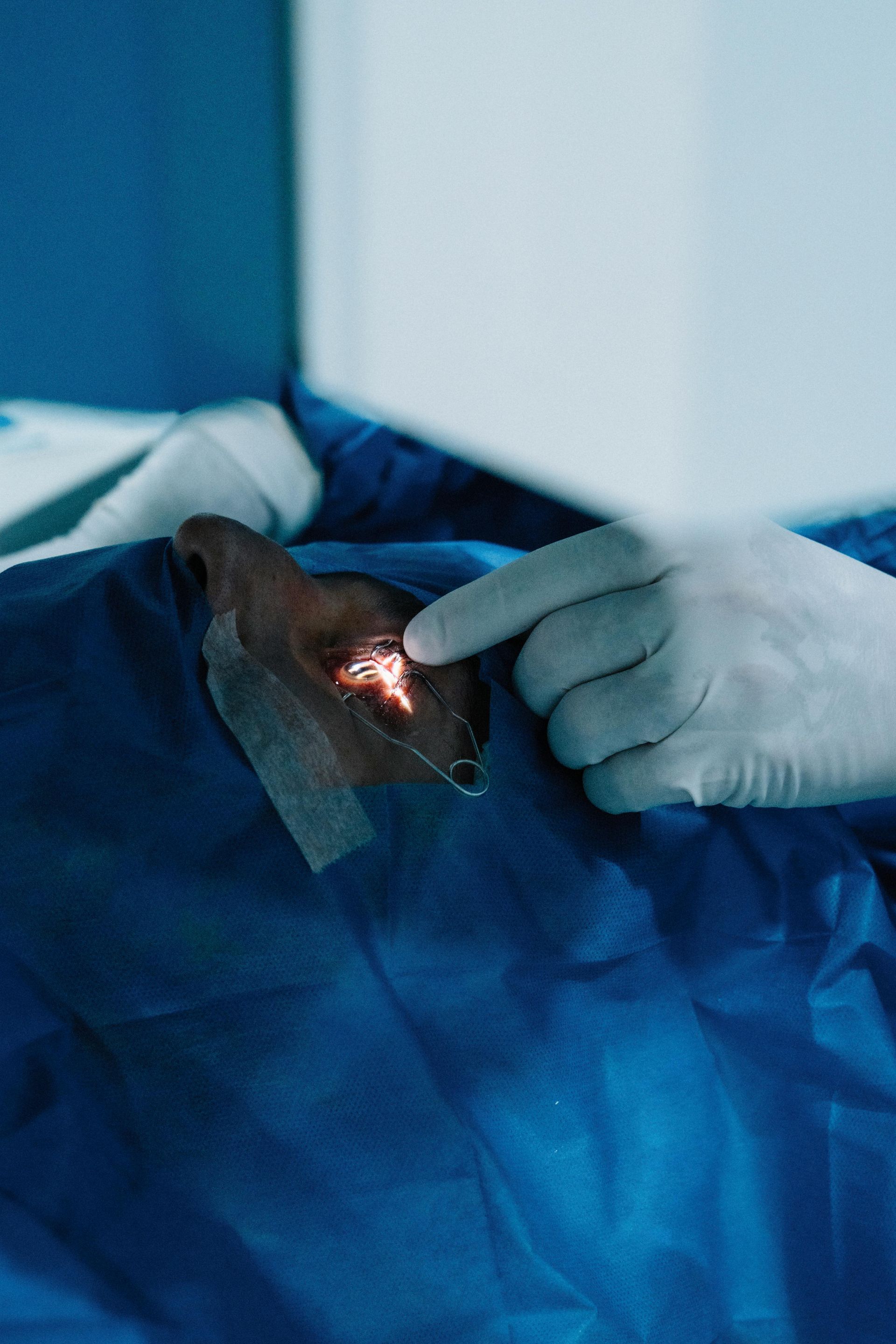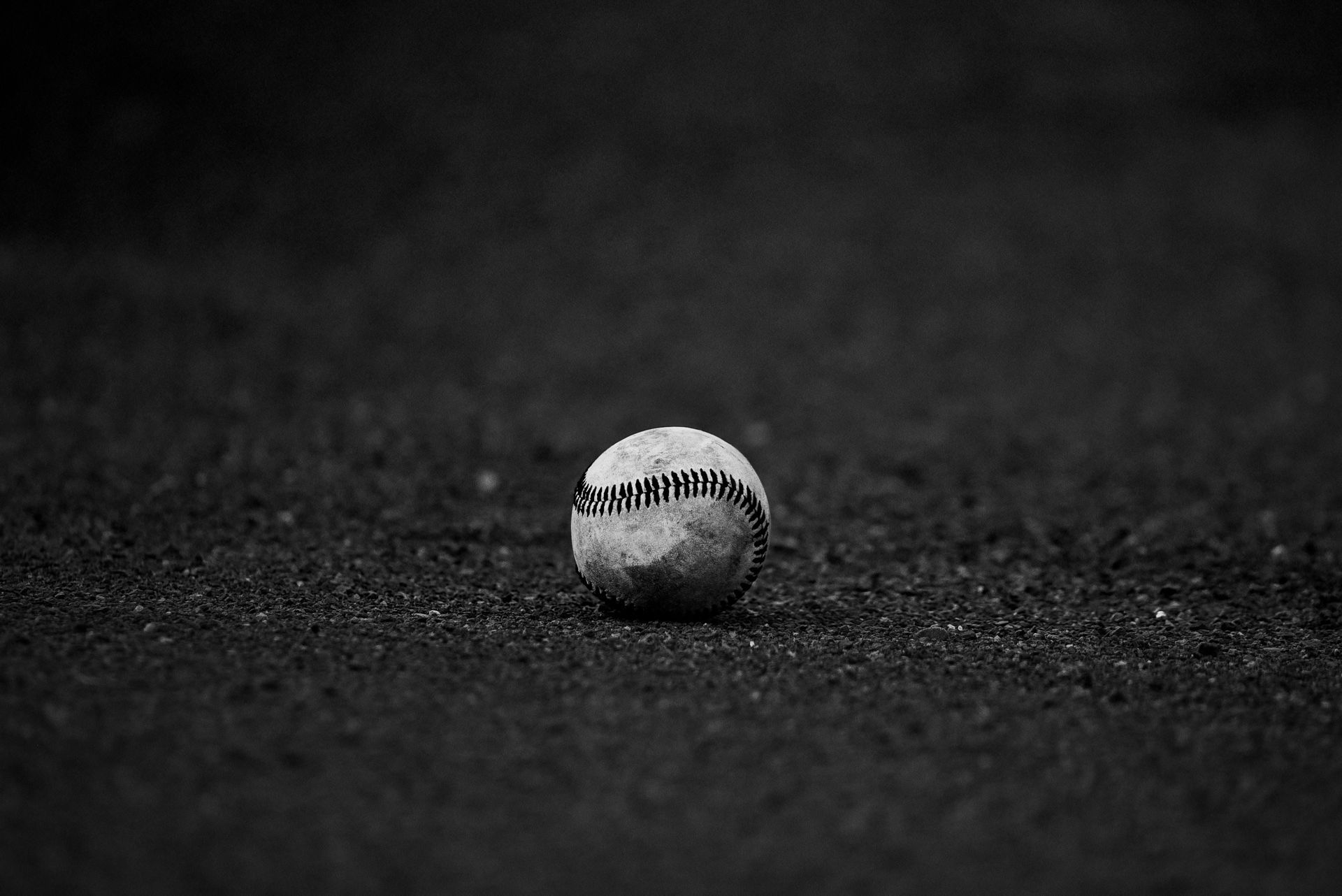The Worst Sport for Eye Injury
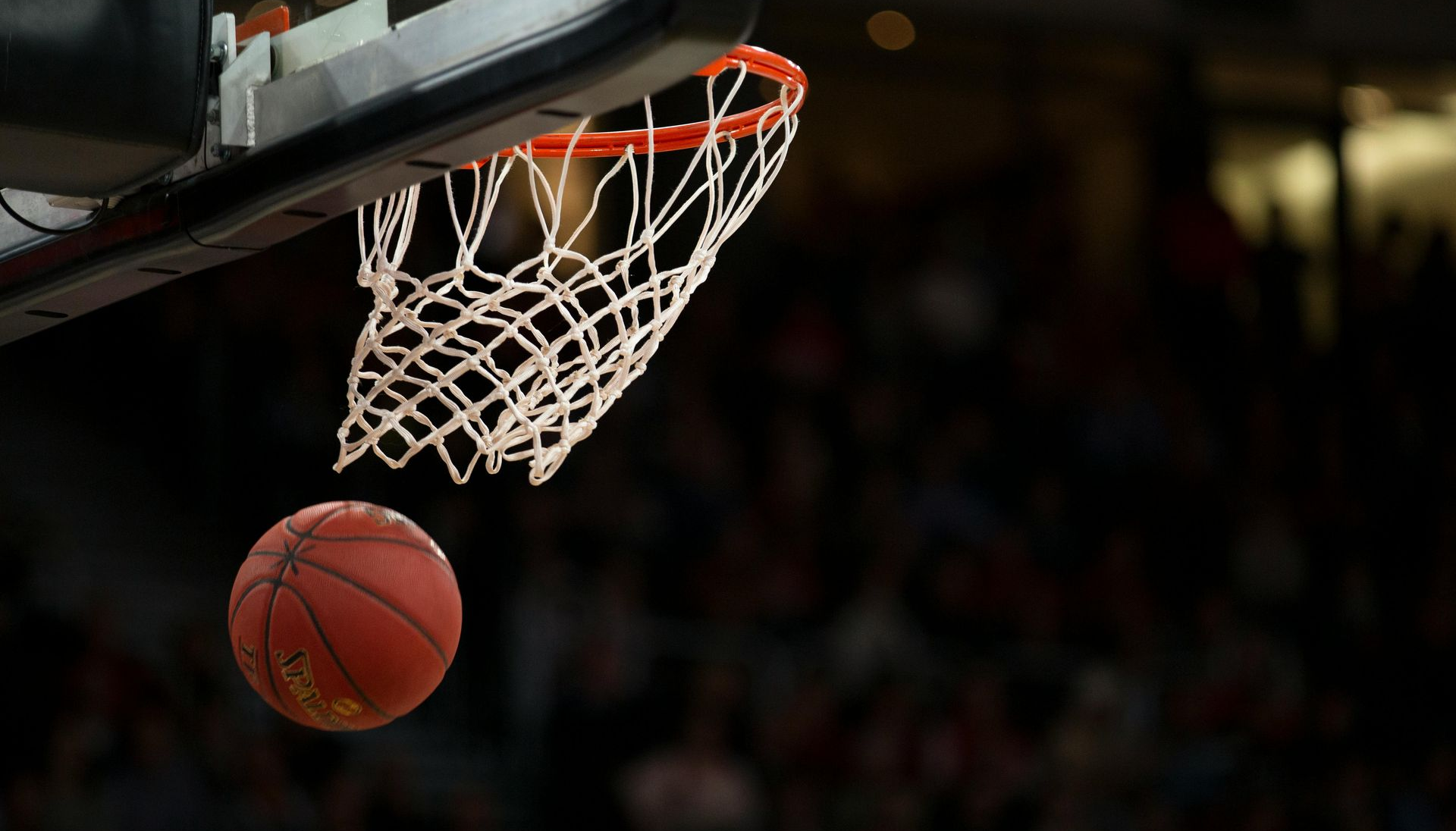
Blog vol 6.11. The Worst Sport for Eye Injury.
What is the number one sport for receiving eye injuries?
I was surprised. It was not what I would have thought and I’m a sports fan.
I thought probably a sport where the ball travels super-fast, like squash or baseball, or a sport that is fast and uses sticks, like hockey. Wrong.
By far the highest incidence of eye injuries is in… basketball.
The number one eye injury in basketball is a corneal abrasion from being poked in the eye with a finger. Also common are orbital bone fractures, retinal detachments, or hyphemas (blood in the front of the eye), depending on the type of trauma.
This is where I date myself, but the number one player in the NBA in my time was not Lebron James or Michael Jordan, but it was Kareem Abdul-Jabbar, a very tall center (7 foot 2 inches), who starred with the Los Angeles Lakers for most of his career. While in college in 1968, he received his first major eye injury and then six years later, after another major injury, he donned his trademark goggles. Wearing googles did not stop him from being the all-time point getter in the NBA (King Lebron just surpassed him) and from winning 6 NBA titles. I would even argue that the goggles helped him.
You get afraid of contact, and by the way, basketball is definitely a contact sport. My Dad, who played hockey and signed with the Blackhawks in 1952, always said that basketball was a “sissy” sport, not like hockey. Well, with all due respect, he didn’t play basketball, and he didn’t play under the boards in the NBA. I personally played the four and five position in high school, and I can tell you, even at that level of play, it gets rough under them boards. That is what happened to Kareem; he was one eye injury away from early retirement, so it was affecting his game, increasing his fear of contact, hence the goggles.
Other high profile players in the NBA who donned goggles for the same reason were other LA Lakers, James Worthy and more recently, Anthony Davis. All of them had serious eye injuries and opted for the extra protection. The point is that eye injuries are more common than you would think in basketball.
Wearing safety goggles would be a good start. A player like Horace Grant, former Chicago Bull and LA Laker, who won 4 NBA titles, had Lasik to correct his myopia but still wore goggles after his procedure though he no longer needed them for his vision. After Lasik, your eye is a bit more vulnerable to corneal injuries. Mr. Grant also wanted to give a boost to kids who had to wear glasses to play sports, more or less telling them, “It’s cool to wear goggles”. The biggest deterrent to more ubiquitous eye protection is the uncool factor. Even professionals need to be scared into goggles.
Most sports are risky to the eye: any racquet sports, soccer, hockey, field hockey, football, baseball, and lacrosse. Your full contact sports like boxing or mixed martial arts can cause devastating eye injuries, just because of the heavy contact. Remember, as you raise your compete level, the speed of your game increases, and so do your eye risks. (For more tips and information on sports eye protection click here).
Come into our office and talk with our optometrists and opticians about the best eye protection options for your sport.
‘til next week,
The good doctor
